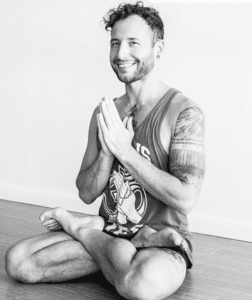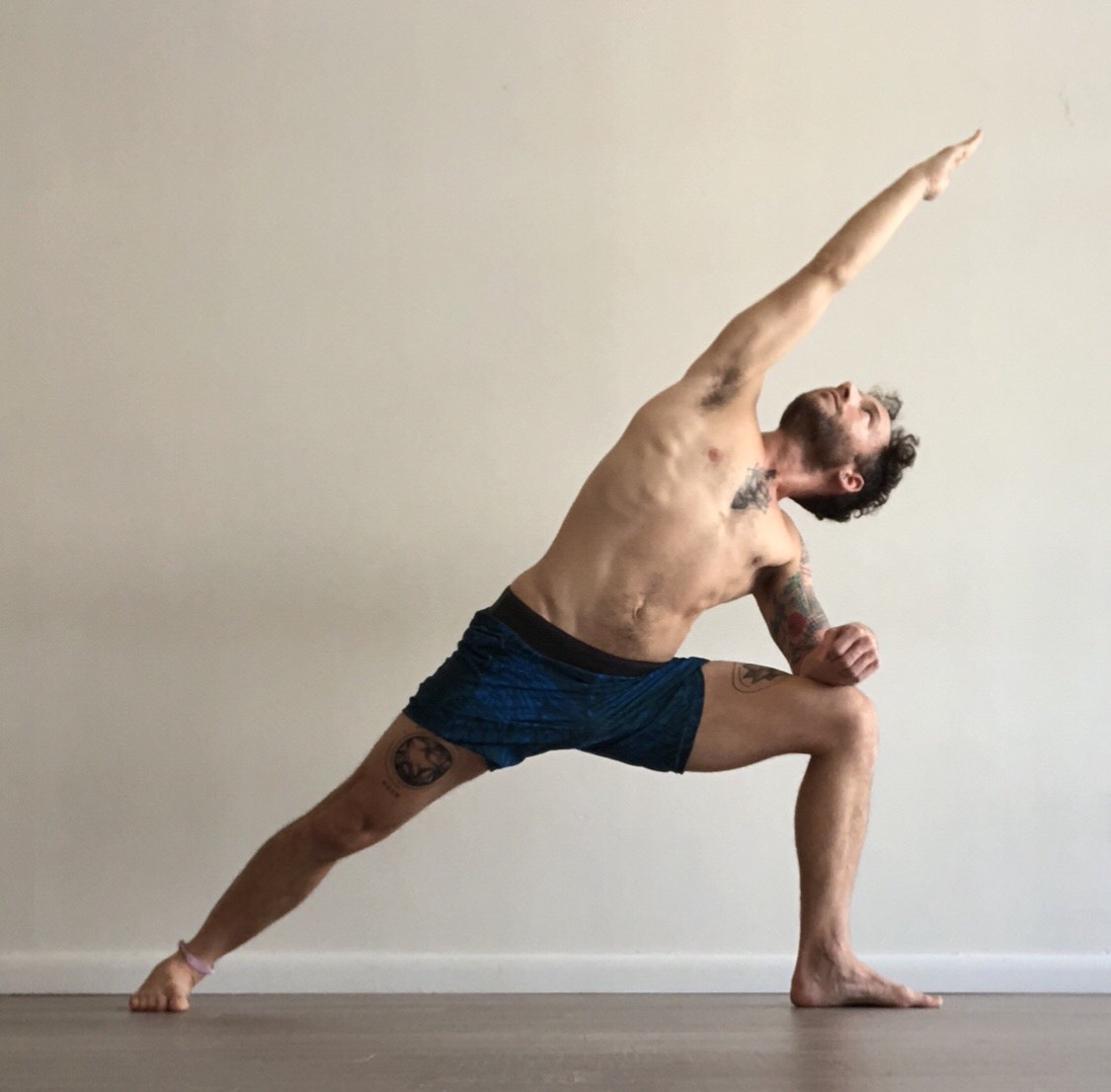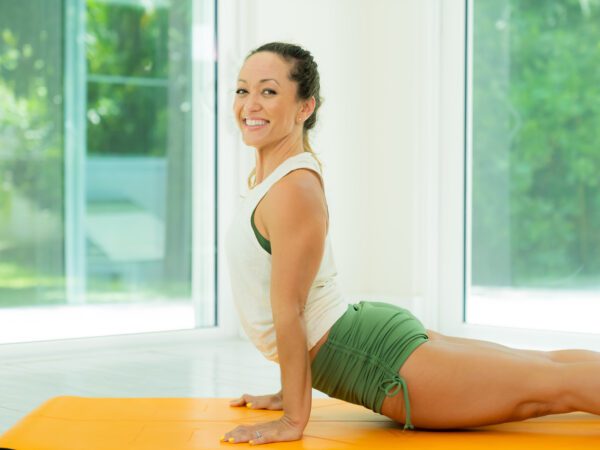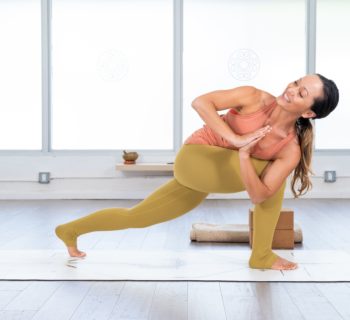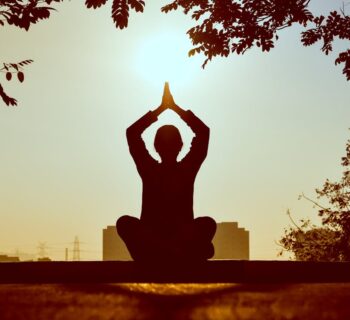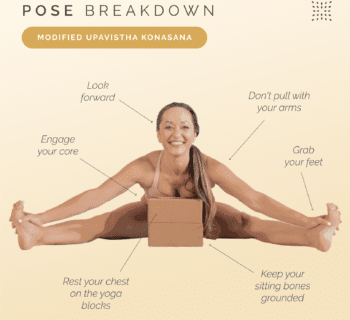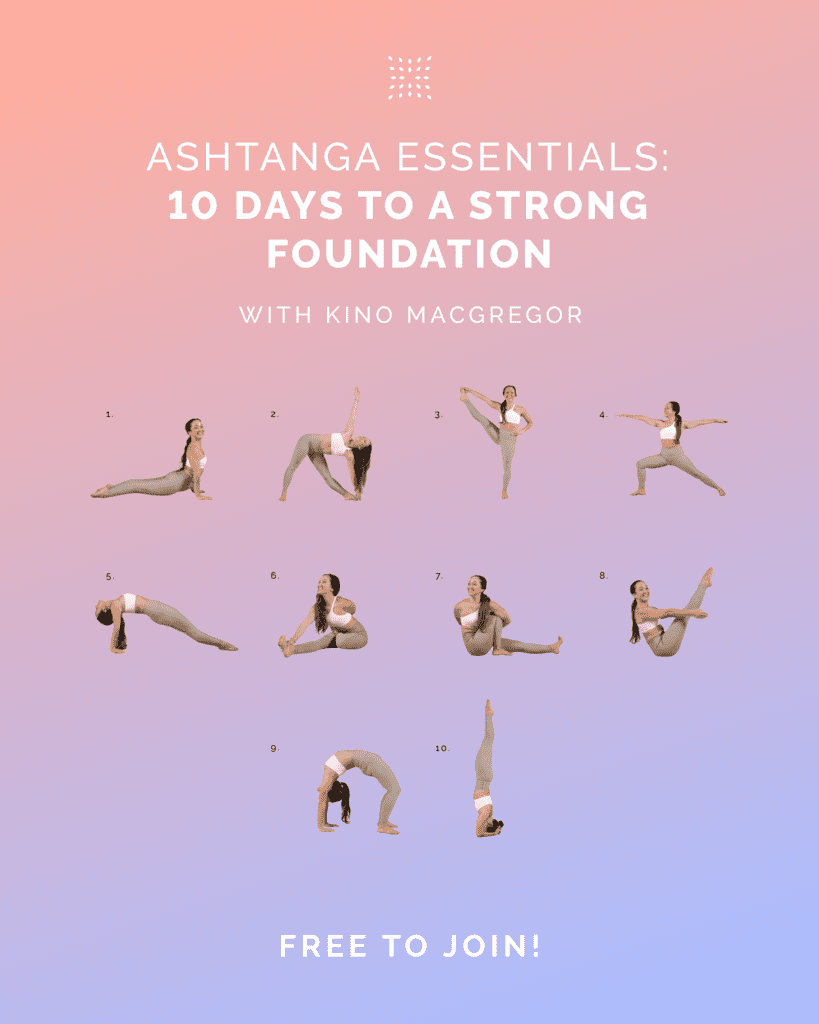Life feels like it’s been going through a slow-motion upheaval for some months now. Relationships tumbled out of the place I thought they belonged. Teaching opportunities I hadn’t even imagined pushed themselves to forefront. The political vibe of the world has felt erratic and powerful social justice movements have shaken me. The landscape of my life has been changed radically. Amid all this disturbance I have remained dedicated and devoted to my practice, thanks to the 3 stabilizers at its core.
The Tristhana Method teaches us how to concentrate our attention using the breath, the gaze and both the outward (and deep internal) posture of the body. In Ashtanga yoga we always begin by lifting the arms over the head, drawing our navel in and up. This combination of internal and external movement shapes the pose through outward alignment and the inward bandha. We pair this alignment with a deep inhalation that matches up precisely to the duration of the arms rising. As the palms press together overhead, the drishti (gazing point) becomes fixed on the thumbs.
This first vinyasa (a term signifying the matching of any one breath movement with any one body movement) of our practice sets us up to expand the mind/body/breath complex in new and intriguing ways. A slow rhythmic breath has a powerful effect on the nervous system. It’s a fact of our biology that as we exhale the heart rate decreases. So we breathe with sound, giving the breath texture, something we can hold on to and extend. The sound is like that of fogging a mirror, but through the nose. This breath control leads to a greater awareness of the inner spaces of the body. We see how the breath creates an openness where calm, dispassionate self-exploration is possible. There is a play of aliveness here that’s suitable for working to balance effort and ease.
We settle into a gentle coercion around the breathing. We imbue it with just the right meter (even on inhale and exhale) and feeling tone (not too quiet, but not too forced). When the dynamics of the breath are correct they fuel the practice with a sensation of harmonious propulsion.
This vinyasa method of linking each movement with an inhale or an exhale allows us to make transitions with fluidity and drives us into the second stabilizer- the posture itself. In Sanskrit we call the pose Asana. Its made up of two parts, the external shape and the subtler internal engagement. The outward appearance of the pose is created by alignment via the measured arrangement of limbs, torso, pelvis, head, toes and fingers. The internal engagement is created by bandha, subtle physical and energetic controls centered deep in the body.
If the breath gave the inner spaces shape, the then bandha gives them a sense of mass and makes them movable. Uddiyana Bandha feels a bit like drawing the low belly in and up. Moola Bandha activates the pelvic floor. Imagine you have to pee really bad, and there’s a line for the bathroom. Those muscles you squeeze to hold it are the ones you should contract for Moola Bandha. When these two work together they have the effect of suctioning the outer body in. Like a corset, they pull the more external body tissues towards the center, slimming the waist. In this way, the gravity of your core increases and the mass of your body is more easily controlled, pivots more freely around this newly awakened energetic center.
Bandha brings a sense of lightness. As these deep muscles that were previously unused step up and take on responsibility for some of the body weight, our posture becomes steady and still. To the observer there may appear to be and effortless grace about the practitioner.
Perhaps the most easily understood of these three tools is the drishti, or gazing point. If the breath and bandha have worked together to cultivate an expansion of the mind/body awareness, then the gaze has the effect of locking it all in place. When we reach the arms over the head in Utkatasana and hold for 5 long breaths, the arms naturally become fatigued. But if the gaze is focused on the thumbs and unwavering, there is a psychic push. Under the strength of the gaze the background blurs out and the fingertips reach up further than you thought possible.
This three-pronged approach is the proven heart of the Ashtanga Yoga Method. When practiced daily and for a long time, it seems to increase sensitivity, provide clarity and perspective.
Presidents come and go. Lovers become friends. We wake up to important social truths with a start. Change is always coming, sometimes more quickly than were prepared for. But these moments are prime opportunities for carrying our practice off the mat. When our pulse quickens at the thought of a border wall, take a deep breath and remember that the next President might pull it down. The sight of our old lover with his new one is a cue to focus our eyes and hearts somewhere else. When you’ve heard ‘me too’ just one too many times, or see another black life disregarded and your heart wants to burst? That’s the moment bring the posture of your behavior into alignment with your core conviction.
The three stabilizers teach us to move in ways that are healing and mindful, to turn our senses inward on the mat. Many Ashtangi’s are finding, as we move through the world of distraction and disturbance, that same self-sure steadiness is coming up. Harmony. Grace. Focus. We’re connecting with a voice of knowing that leads us more adeptly than before. Tristhana has been a training ground.
By Joseph Armstrong
